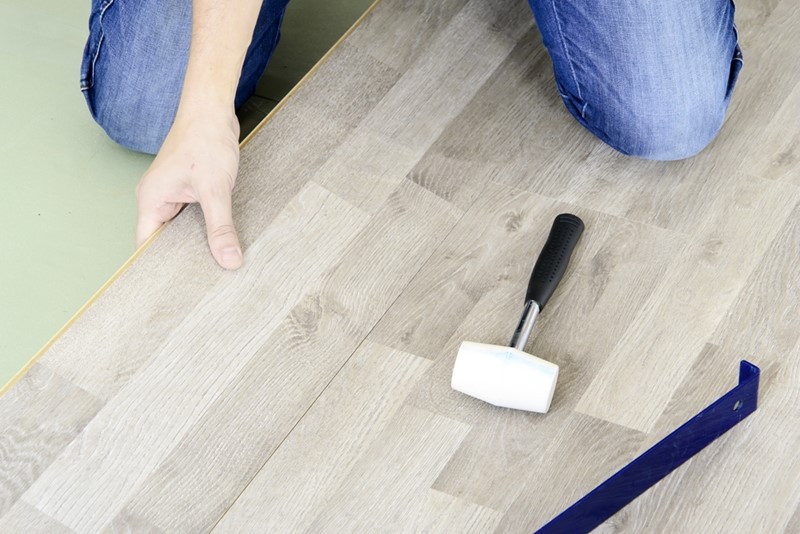
New Challenges for Hardwood Flooring Manufacturers
Companies manufacturing hardwood flooring have struggled to right themselves since the housing market crash in 2008. After all, when real estate underperforms, so too will home goods producers of all kinds. Though the housing market has been slow to recover, wood flooring manufacturers have risen to their challenges and recovered in significant ways in the years following the recession. Floor Covering News research revealed U.S. businesses grew their sales by 6 percent in 2015 to more than $2 billion, or 830 million square feet at wholesale, even at a time when many potential homebuyers still rent.
What challenges await hardwood flooring producers in 2017? Will the momentum the industry generated over the last few years be enough to overcome these hurdles?
Rising raw materials costs and increased supply volatility
According to an industry survey conducted by the National Wood Flooring Association through Hardwood Floors Magazine, 46 percent of all responding NWFA members reported raw material cost increases between 2015 and 2016.
“White oak surpassed red as the most sold species of wood in 2015.”
What could be behind this fluctuation? If the recent popularity of white oak is any indication, the culprit is a confluence of outside-market competition and consumer demands. White oak, a highly durable and rot-resistant material according to The Wood Database, provides customers with an all-natural product that competes well with high-strength composites without much processing. So it’s no surprise white oak surpassed red oak as the most sold species of wood in 2015 according to the aforementioned NWFA survey.
“This is the first time white oak has overtaken red oak in our survey results,” says the study.
However, other industries seek out white oak for its attractive properties. Whiskey producers, for instance, require casks and barrels, and red and white oak are operative base materials. The New York Times reported U.S. whiskey production has increased over 40 percent in the last decade, no doubt affecting barrel use on its own.
Furthermore, extramarket competition also means contending with a rival’s regulations. In this regard, contentious wording in the Federal Alcohol Administration Act requires spirits producers to use their barrels only once, forcing these businesses to churn through these products at a faster rate, buttressing sales for industrial coopers and increasing raw materials costs for all other industries hoping to get their hands on white oak.
In light of this, flooring manufacturers would be wise to examine their product lines, consumer trends, what other industries greatly consume these supplies and recent activity impacting demand in their respective markets. As housing goods producers recover from a downturned global economy, leveraging this pertinent data for guiding intelligence will ensure a steadied rehabilitation.

Manufacturers beware: Laminate flooring may have fallen out of favor thanks to Lumber Liquidators.
Tightening regulations and high consumer scrutiny
In the wake of a recent wood floor manufacturing scandal, regulatory bodies are cracking down hard on the industry and effectively adding to upstream supply chain costs through an increased demand for source visibility.
Earlier this year, CBS News exposed industry giant Lumber Liquidators for selling Chinese-made products containing high levels of formaldehyde, a recognized carcinogen. Who knows what will happen to Lumber Liquidators, but many flooring manufacturers believe this represents a watershed moment in the industry and how it manages imported goods from the forest all the way to the consumer. Data must traverse that entire supply chain as well, as the Lumber Liquidators controversy no doubt spurred consumer awareness in the dangers lurking in noncompliant flooring.
As wood flooring producers incorporate more technology into their supply chain designed to reinforce strong reporting and vendor accountability, they will need to position these changes as value propositions for their customers, especially if these initiatives will eventually affect sale prices. Demonstrating a commitment to safety and consumer protections will not only allow an organization to capitalize where competitors fell short, but manufacturers can rest assured knowing their investments into transparency will pay off in other ways. These are not empty gestures, after all – the right reporting and analytics tools could prevent a less-than-reputable vendor from harming your brand and your customers.





